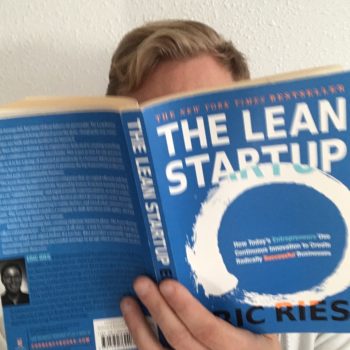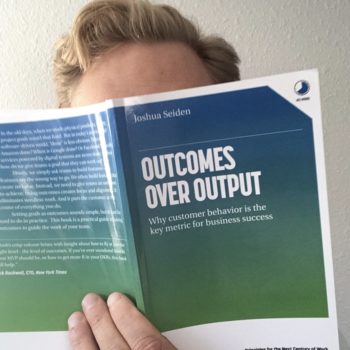
The Lean Startup
How Today's Entrepreneurs Use Continuous Innovation to Create Radically Successful Businesses
Categories:
Favorite,
CTO,
Engineering Manager,
Product Manager,
Designer,
Startup Founder
How strongly do I recommend The Lean Startup?
9 / 10
Review of Lean Startup Book
I thought this book was just for early stage startups. Nope. The concepts in The Lean Startup are applicable to more established and larger companies.
The Build-Measure-Learn model presented by Ries is a solid way to approach product development and provides analytically oriented engineering managers with a way to influence product direction and roadmaps.
Startup productivity is systematically figuring out the right things to build
I love how this statement stands in contrast to a typical startup mentality that the important part is having a great idea. Sure, your idea might get the ball rolling but experimentation and investigation drive you toward product market fit.
Ries goes on to write, “The only way to win is to learn faster than anyone else.” For engineers within a startup that means setting up instrumentation and tools to facilitate learning – not just by you or your engineering team, but by the whole company.
It’s our responsibility to support and embrace the Build-Measure-Learn feedback loop.
Large batches of work tend to grow even larger
Large batches tend to grow even larger. We’ve all been there – the project that just keeps growing. Scope grows. Timelines expand. Risk balloons. Projects turn into “bet the company” moves.
The key to learning quickly is releasing frequently. On average, an engineer on my team releases once per day or 250 times per year. We encourage frequent releases with small batch sizes.
When you work in small batches, you enter a virtuous cycle. By releasing more frequently, you learn faster and de-risk your project, incentivizing you to release even more frequently.
Beware vanity metrics like page views and user counts
Vanity metrics fail to demonstrate cause and effect. They often fail because multiple potential causes exist. Without cause and effect, the vanity metrics are not actionable.
Website visits is a classic vanity metric. Why did visits go up? Maybe it was the new marketing campaign. Or that new feature we launched. Or possibly just luck.
A good way to spot a vanity metric is to consider what happens when things go bad. Who wants to draw a cause and effect relationship when website visits go down? Suddenly fewer hands go up.
Startups don’t starve; they drown in too many ideas with marginal value
Most managers have too many ideas. They’re drowning in ideas. Most of those ideas are mere optimizations. They provide the company and users marginal value.










